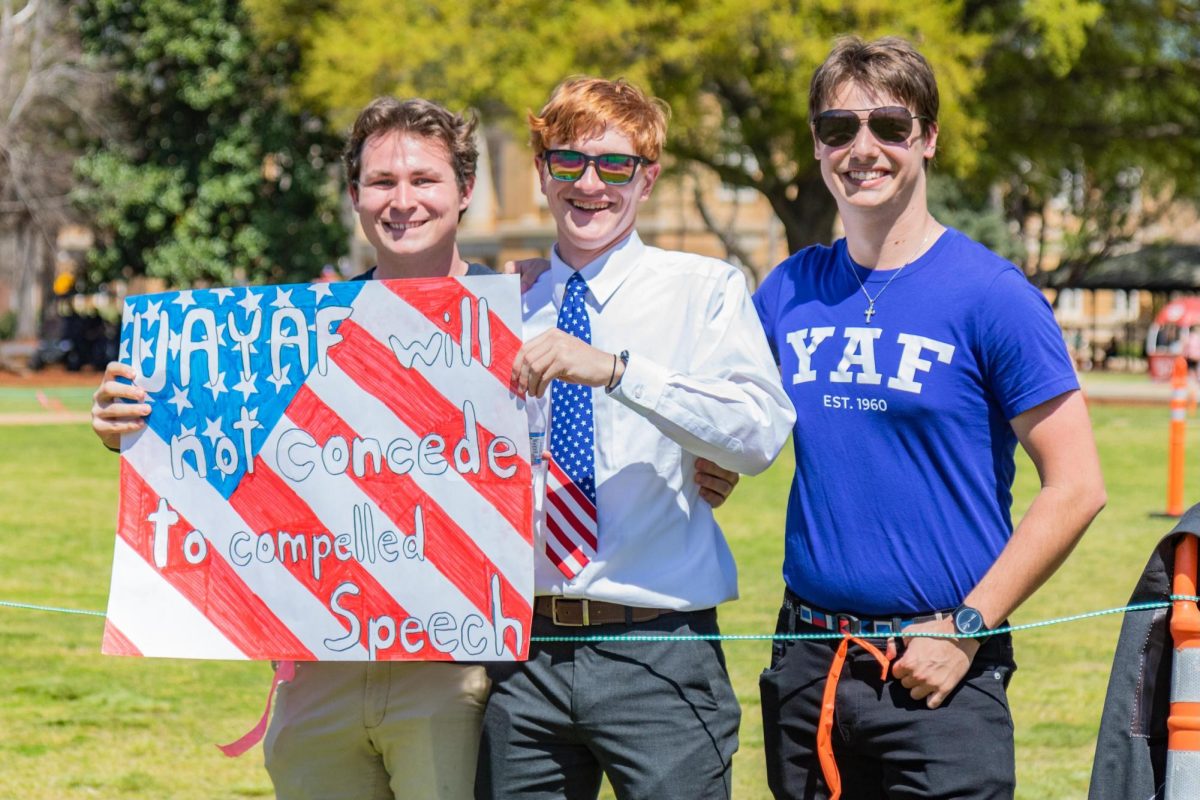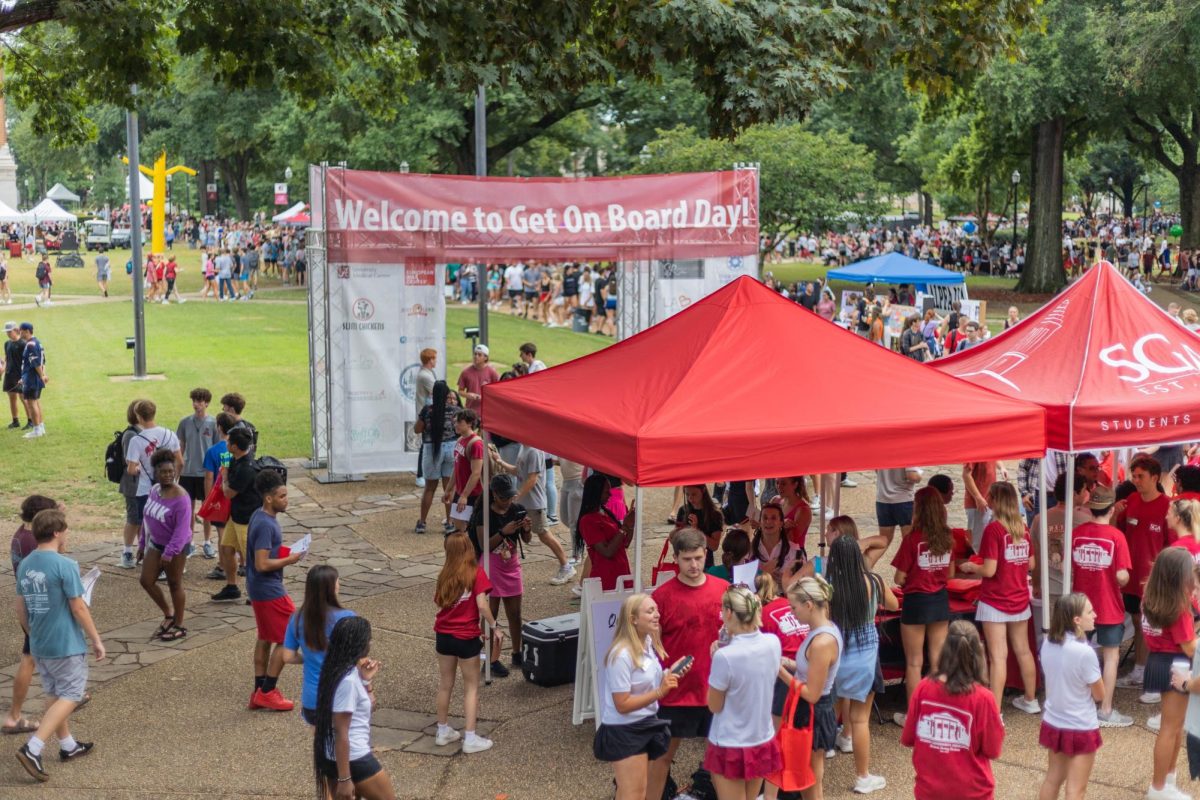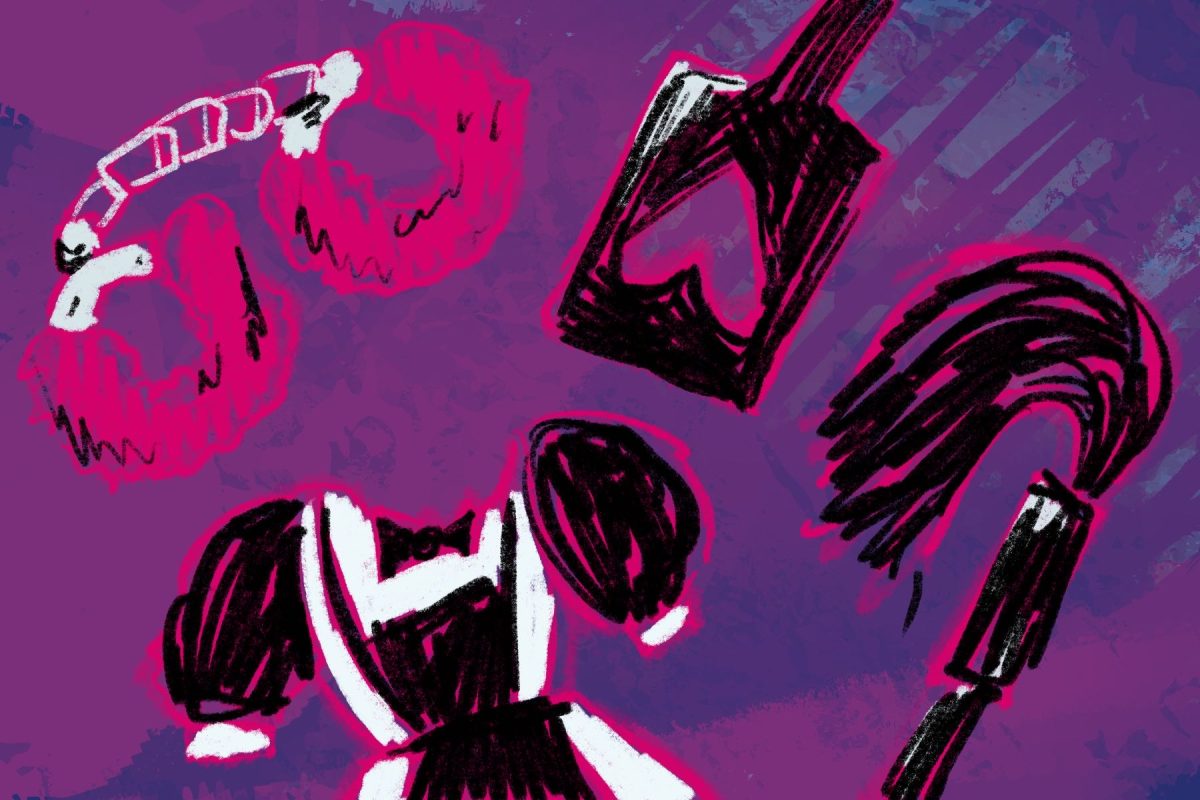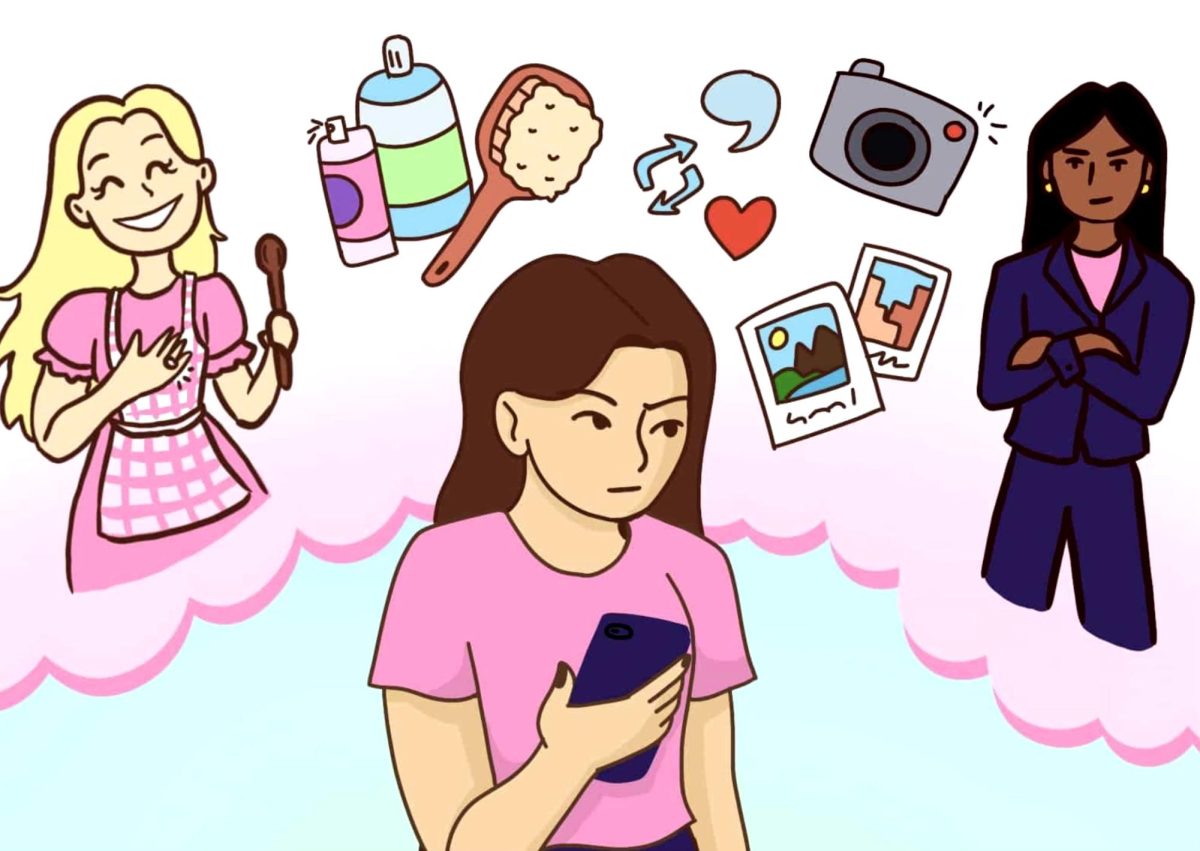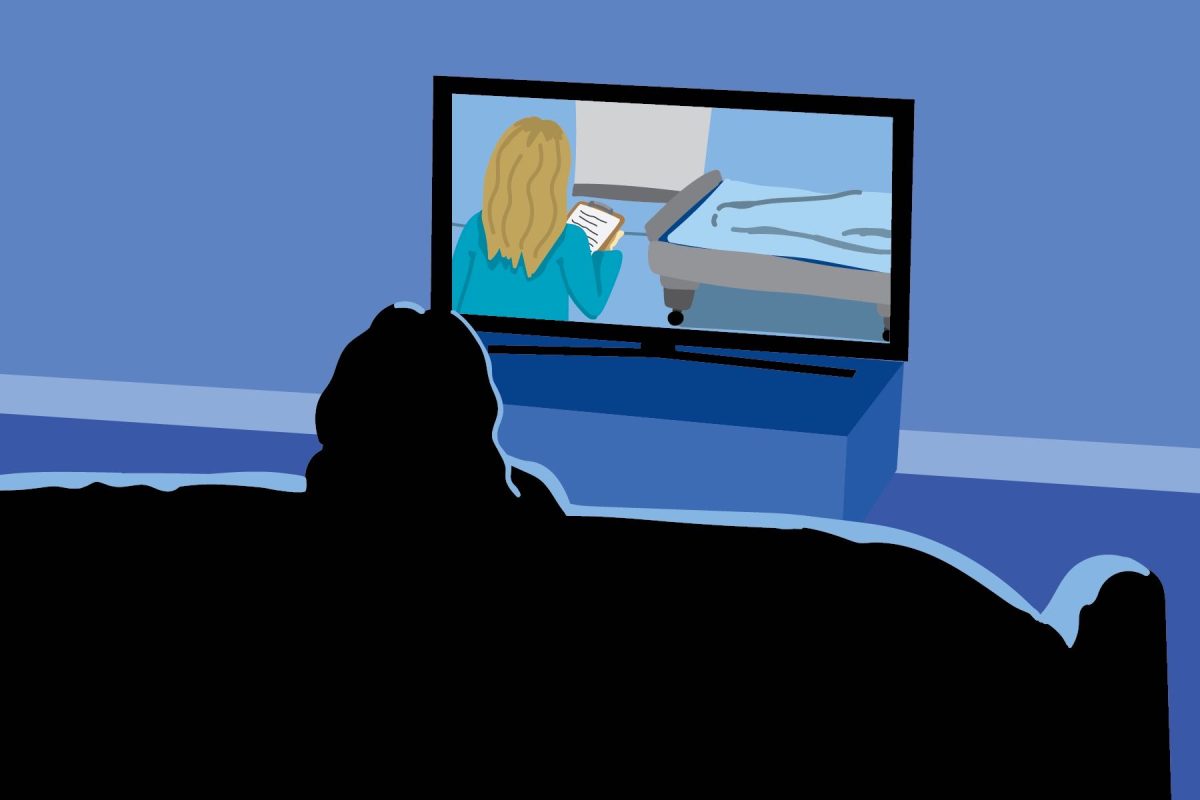I wonder what the mood was like in the Mal Moore Athletic Complex on August 17th, when the National Labor Relations Board announced that Northwestern football players would not be able to unionize. Was there a sigh of relief in the coaches’ office? Was there a pause in the weight room? Or did nothing happen at all, because it was expected this would be the outcome of a two-year struggle at a private college so far away?
The Wildcats were attempting to unionize in order to ensure that players’ scholarships were protected in case of a football injury, and that their medical costs would be cared for. Their argument was that due to the hours that they put in for their university, and the profit that the school made from the football program, that they should be considered as employees. As employees, they would be able to unionize so they could collectively bargain with their university for benefits.
There are many reasons why an effort like this would not work in Alabama. First off, Alabama is a right-to-work state, so any unionization effort is already hindered. Also Northwestern is a private university so it was easier to argue that they were employees of the institution and not of the state. But if the case had won, the precedent could have changed the benefits universities offer to student athletes.
The Capstone clearly makes many gains from the Crimson Tide. According to AL.com, this past football season brought in $9.1 million to the University, a raise from the $5.9 million transferred back the year before. This number is just a chunk of the $33 million surplus the football team raised.
But it isn’t just financial benefits that the University of Alabama gains from the football program – there is a real impact from the Capstone being featured on prime time television every Saturday, and it is seen in rising admissions. A majority of the 2015 freshmen class is from out of state, and many of these students first impression of the University came from seeing the Crimson Tide on CBS sports.
The revenue is coming from the cost of these players taking some powerful beatings on the field, in hopes of making it to the NFL. Luckily, they are playing under Nick Saban, and have a higher chance of making it than student athletes at other universities. But it still is not a guarantee, and playing football at the level of a team that expects to go to the national championship game every year has its physical repercussions. According to NCAA data from 2004 – 2009, overall injury rate in NCAA football is 8.1 injuries per 1,000 athlete exposures (games and practices combined). The most common type of injury is to the knees, which can cause problems for the health of the athlete after their playing days are over.
While the Wildcats’ did lose their bid to unionize, they did bring attention to important issues with current collegiate athletics. These players spend more of their week preparing for the field than they do preparing for the classroom. It was easy to see why the Northwestern players did convince some that they were employees; the football team does put in real work that makes our university benefits from. Our own administration needs to ensure our players’ scholarships cover their living needs, and that their medical concerns are cared for. Then as a student body, the least we can do is stay for 4 and cheer them on.
Meghan Dorn is a senior studying public relations and political science. Her column runs biweekly on Fridays.




